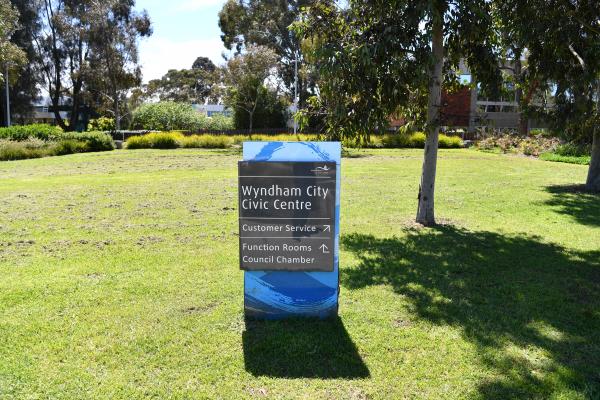Wyndham council is planning to hire no more than two new permanent, full-time staff during the next four financial years, according to its long term financial plan.
The document, released last week, covers a period from 2021/22 to 2030/31.
Part of the plan – which will be reviewed every year – shows the council will have 990 permanent, full-time staff in the 2021/22 financial year.
This will rise to 991 staff within two years and then 992 staff in 2024/25, before hitting 1013 staff members the following year.
The council plans to have a total of 1097 permanent, full-time staff by 2030/31.
Council spending on staff is expected to increase from $128.85 million to $210.11 million across the decade.
The total number of staff, including part-time and casual roles, will also rise from 1511 employees in 2021/22 to 1736 workers across the 10 years.
Speaking at a public meeting last week, Cr Josh Gilligan said that the council was “essentially freezing, over time, the number of full-time staff that are in this organisation” until 2025/26.
The financial plan also said that due to population growth, “the demand for capital to build the new infrastructure needed by growing communities in Wyndham is currently greater than what council can afford”.
“Based on current levels of expenditure the asset renewal gap could be $1 billion by 2045,” the document said.
Cr Gilligan said the council would have to have a high-level of discipline “if we want to shift towards making sure that we’re dealing with the infrastructure gap in our organisation”.
A council spokesperson said: “As with all expenses, we aim to minimise growth in staff costs wherever possible, however staffing numbers may increase over time in some areas to meet service demands – for example, to staff new community centres or kindergartens.
“The financial plan provides a forward looking forecast covering a period of 10 years.
“As such, it is based on a set of assumptions including our population growth, service and infrastructure needs as well as an outlook on key economic indicators including inflation and interest rates.”







